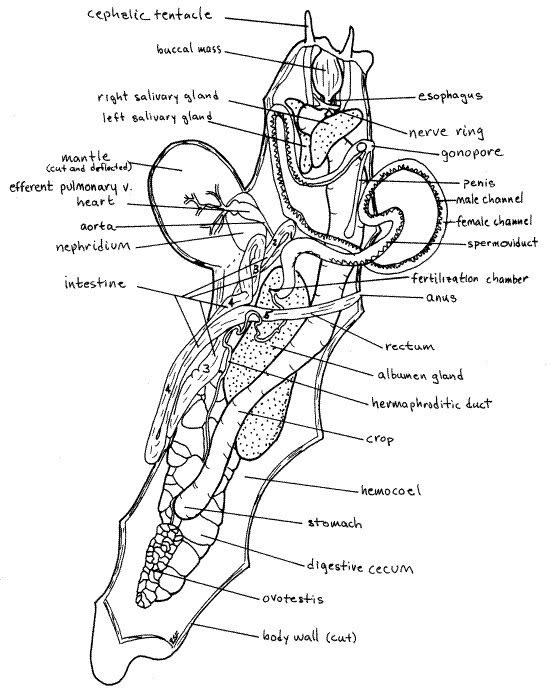 |
| Credit: Charles Olsen, USDA APHIS PPQ, Bugwood.org |
As an amateur photographer and zoologist, I'm chronicling the fauna of my backyard from a creationist perspective.
Pages
▼
Friday, September 28, 2012
Anatomy of a Slug: Overview
Before we examine the slugs' behavior, let's explore their anatomy in a bit more detail. The basic structure of a slug does not vary with species, though the location or existence of certain organs does. The following website, although it discusses Limax maximus (the great slug) and other species, should suffice to delineate the common traits of slugs. Richard Fox of Lander University guides his students through a dissection (there are no photographs, only diagrams). After reading these notes, I came away in awe of the intricacy of slugs; externally they appear so simple.


No comments:
Post a Comment